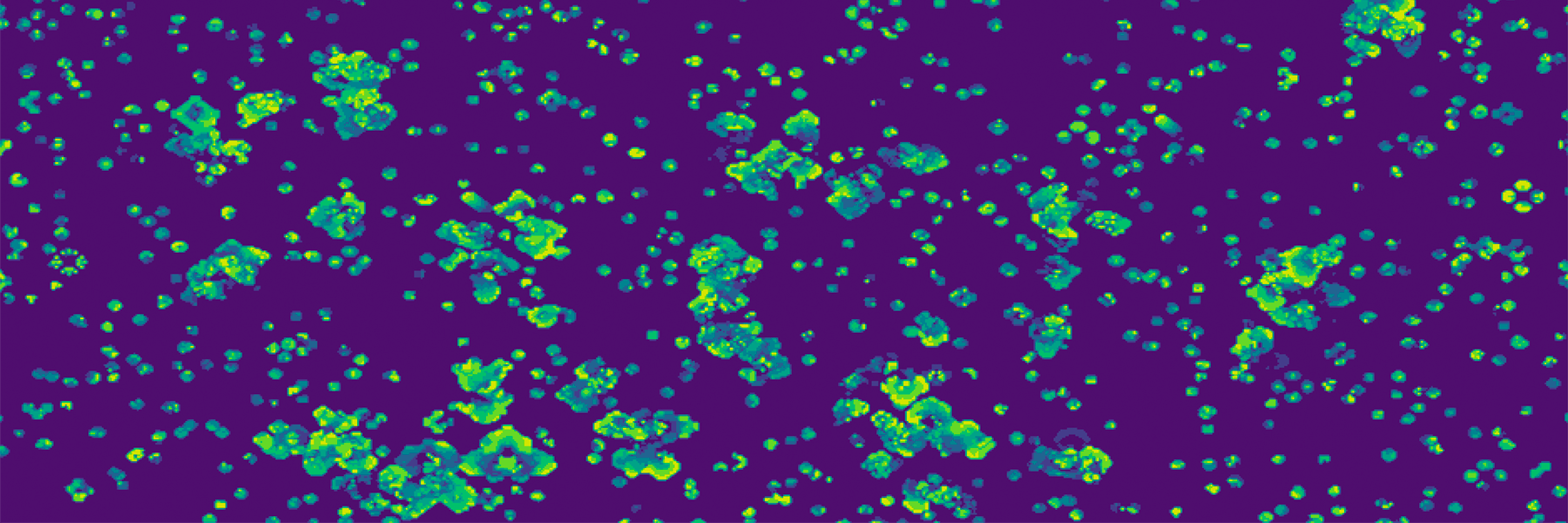New method to better-represent cloud organization in the tropics may help improve forecasts

Cumulus clouds in the atmosphere can organize into a variety of sizes, ranging from small fair‐weather cumulus clouds, rain showers and thunderstorms, to larger scale weather systems. In weather and climate models, such organization is traditionally not well-represented as the motions associated with cumulus clouds are generally too small to be resolved by the numerical model. In a new study, CIRES and NOAA researchers at the Physical Sciences Laboratory explore the impact of representing this type of cloud organization in the NOAA Unified Forecast System (UFS) using cellular automata, a mathematical model often used to describe self‐organizing behavior in physical systems. Of particular interest is the impact of this method in the tropics since weather there is dominated by organized clouds and thunderstorms and serves as the engine of the Earth's atmospheric circulation pattern. Their findings were recently published in the Journal of Advances in Modeling Earth Systems.
Results from this study suggest that the cellular automaton helps organize clouds and precipitation, making the modelled precipitation more coherent in space and time as observed by satellites. This finer-scale organization improves the model's ability to reproduce the observed large‐scale organization of clouds and thunderstorms that are closely coupled to atmospheric waves in the tropics, important for improving predictions of weather and climate across the world.
This demonstration of a novel method for improving cloud and precipitation organization is important as it contributes directly to improving NOAA's operational forecast systems used to protect life and property.
Authors of the Journal of Advances in Modeling Earth Systems article A stochastic parameterization of organized tropical convection using cellular automata for global forecasts in NOAA’s Unified Forecast System (UFS) are PSL researchers: Lisa Bengtsson, Juliana Dias, Stefan Tulich, Maria Gehne, and Jian-Wen Bao.
Posted: January 15, 2021